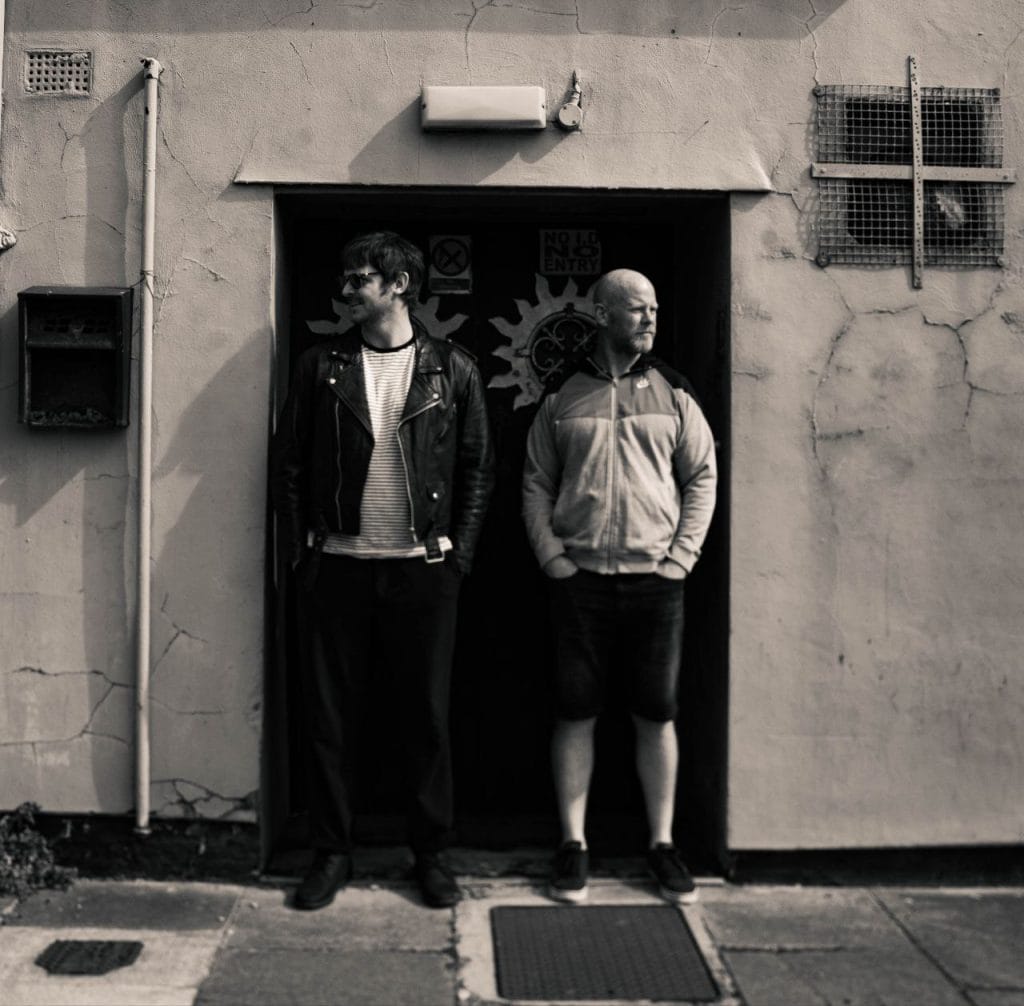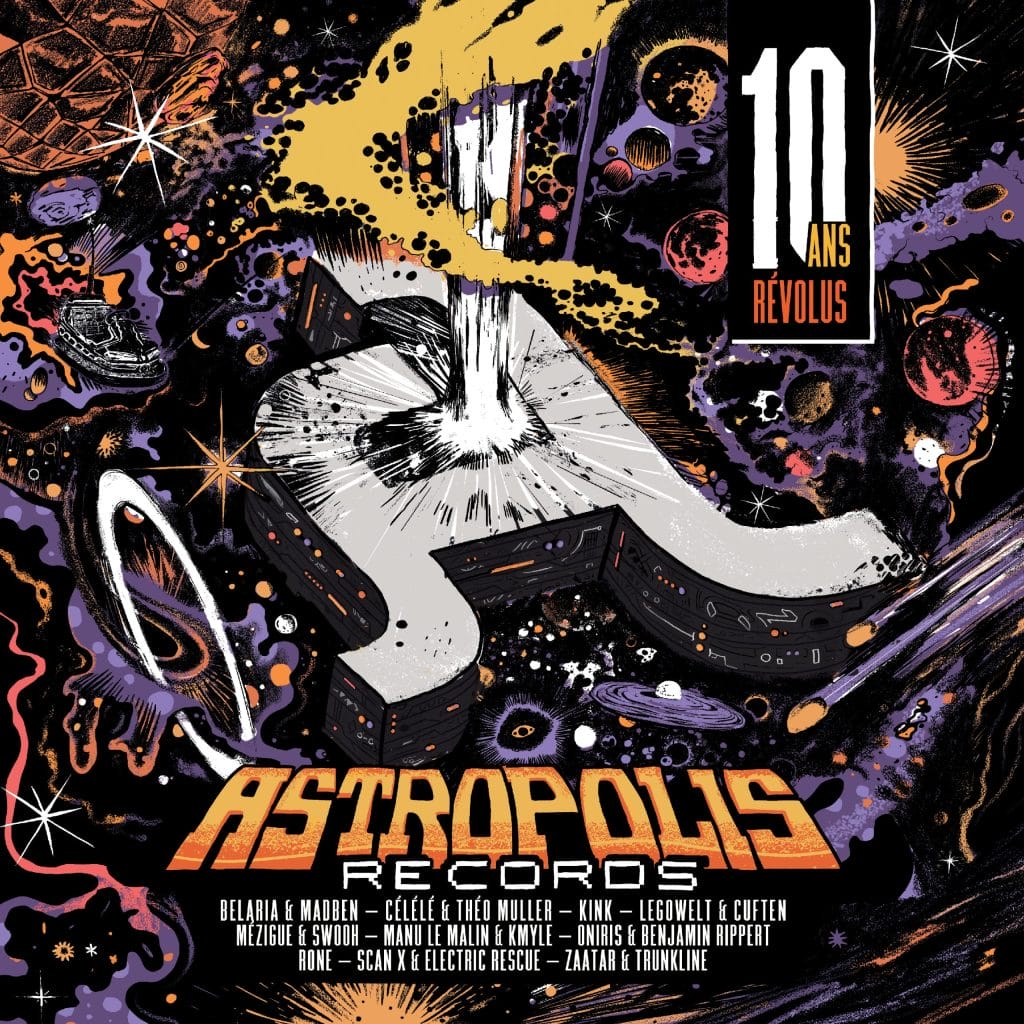
PREMIERE: Engelhart Talks Inspiration, Workflow, and the Release of “Bhajan”
Engelhart’s new track Bhajan landed on our SoundCloud a week early, and it didn’t take long for it to get stuck in my head. It’s one of those productions where the simplicity up top hides the attention to detail happening underneath—organic percussion, carefully layered acoustic tones, and a vocal that doesn’t overpower but gives it shape.
This is one of those songs that feels designed for repeat plays in the background, but it holds up when you sit down and actually listen. So naturally, we had to dig in a little deeper.
In the interview below, Engelhart opens up about how artists like Tinlicker and Lee Burridge helped him lean into slower, more melodic styles, and how incorporating real instruments into his work helped unlock a new level of expression. There’s something thoughtful in the way he talks about mixing too—how finishing a track isn’t about a deadline but about feeling like everything’s aligned.
Pre-Order It On Beatport Here
Who are the artists or sounds that most shaped your style early on?
It all started with Tinlicker about three years ago when I went to see them in my hometown, Utrecht. From that moment, I was hooked on more melodic and organic music. I started watching their live sets online and went to a few more shows.
Then I discovered Lee Burridge’s Cercle set in Bali, which I’ve watched more times than I can count. That set had a big impact on me—the combination of the setting and his music really shaped my taste. I love how a steady organic house track can make you feel. I can’t fully describe it, but I try to recreate that feeling in my own productions.
What’s the one sound or technique that you think defines your signature style?
Lately, it’s been the integration of acoustic instruments into my tracks. It works really well with the kind of music I make. I still use synthesizers all the time, but they don’t fully capture what a real instrument can bring.
There’s something about the natural tone of a piano, the depth of a violin or cello, or even the clarity of a xylophone that makes the track feel more alive. When I include those kinds of elements, I connect with the track more. It keeps me in the creative zone longer, and I lose track of time. That blend of acoustic and electronic sounds has become a key part of how I work—even though I don’t come from a musical background and I’m still learning as I go.
How do you know when a track is finished?
This is probably one of the hardest parts for me. I’m a perfectionist, and it’s rare that a track ever feels truly finished. It changes depending on the day—sometimes I love it, sometimes I don’t.
I’ve found two things that help. First, I put a lot of time into mixing. When the sound design and mix are fully locked in, I start to feel good about the track. Sometimes I’ll spend a full day on the mix alone. Second, I stopped looping my own tracks privately on SoundCloud. I used to listen back over and over, and by the time I wanted to send it out, I didn’t even like it anymore. I’ve realized other people hear the track with fresh ears—and that changes everything.
What’s the one element every track you release has to have to feel complete?
Some kind of vocal. It doesn’t have to be a full vocal line—sometimes one word or a short stab is enough. Without it, a track feels empty to me.
I use vocals to help tell a story. It gives the track a sense of purpose and direction that’s hard to get with only instruments. Even if the vocal is subtle, it helps shape the identity of the track.



